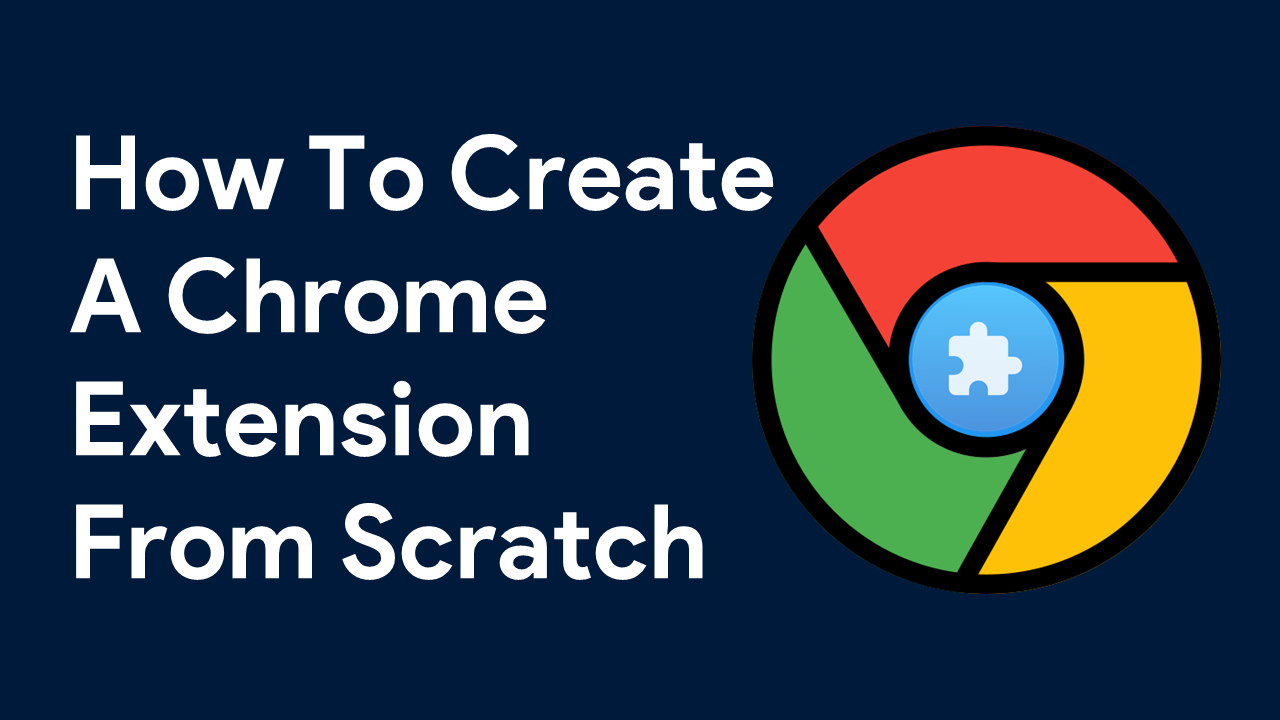Creating a Chrome Extension can be an enlightening journey into the world of web development. These extensions are not just tools that enhance our browsing experience; they are a reflection of creativity and technical prowess.
Whether you’re a seasoned developer or a newcomer to the coding scene, developing a Chrome Extension is an accessible and rewarding project.
Table Of Contents 👉
Understanding the Basics
At its core, a Chrome Extension is a small program that modifies and enhances the functionality of the Google Chrome browser.
They are built using standard web technologies like HTML, CSS, and JavaScript, making them relatively easy to develop, especially for those with some web development experience.
Setting Up Your Development Environment
The first step in your journey is to set up a development environment. This involves installing Google Chrome (if you haven’t already) and choosing a text editor such as Visual Studio Code, Sublime Text, or Atom.
Familiarizing yourself with the basics of HTML, CSS, and JavaScript is also crucial, as these are the building blocks of your extension.
Creating Your First Chrome Extension

1. Manifest File – The Blueprint
Your journey begins with the creation of a manifest file. This JSON file serves as the blueprint for your extension, defining its name, version, and other properties. It’s the file that tells Chrome what your extension is all about.
2. Designing the User Interface
If your extension has a user interface, such as a popup, you’ll need to create HTML and CSS files. These files will define how your extension looks and feels.
This is where your creativity can shine – design an interface that is both appealing and user-friendly.
3. Adding Functionality with JavaScript
The real magic happens in the JavaScript files. This is where you’ll write the code that defines your extension’s functionality.
Whether it’s manipulating web pages, handling user data, or interacting with web services, JavaScript brings your extension to life.
4. Testing and Debugging
Testing is an integral part of the development process. Chrome’s extension management interface allows you to load your unpacked extension, enabling you to test it in a live environment.
Debugging tools are also available to help you iron out any kinks and ensure your extension works smoothly.
5. Icons and Graphics
An eye-catching icon is vital for your extension. It’s the first thing users will see in the Chrome Web Store, so make it memorable. Additionally, consider any graphics or images you might need for your extension’s user interface.
Publishing Your Chrome Extension
Once you’re happy with your creation, it’s time to share it with the world.
Publishing your extension on the Chrome Web Store involves creating a zip file of your extension directory and uploading it through the developer dashboard.
Be prepared to provide descriptions, screenshots, and other materials to make your extension stand out in the store.
Best Practices for Chrome Extension Development
- Simplicity is Key: Start simple and add features as you go.
- Performance Matters: Ensure your extension is efficient and doesn’t slow down the browser.
- Focus on Security: Be vigilant about protecting user data and privacy.
- User Experience: Design for ease of use and intuitive interaction.
- Stay Updated: Keep abreast of the latest Chrome features and changes to best practices.
Common Challenges and Solutions
Developing a Chrome Extension (https://www.axon.dev/blog/how-to-develop-a-chrome-extension-expert-guide) is not without its challenges. Ensuring cross-version compatibility, managing performance, and addressing security concerns are just a few of the hurdles you might face.
However, with thorough testing, optimization, and adherence to Chrome’s guidelines, these challenges can be effectively managed.
Conclusion
Developing a Chrome Extension is an adventure in creativity and technical skill. It’s a process that involves not just coding, but also design, testing, and a bit of marketing.
Whether your extension is a simple tool or a complex application, the satisfaction of building something that enhances the browsing experience for others is immensely rewarding.
So dive in, learn, create, and watch your ideas come to life in the world of Chrome Extensions!
Related Stories
